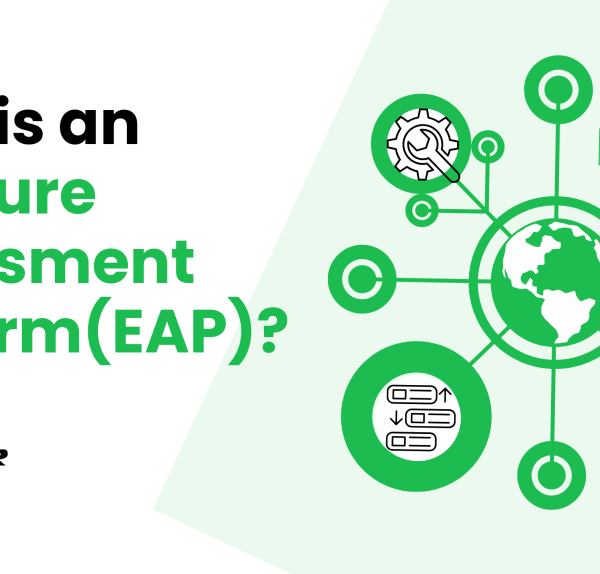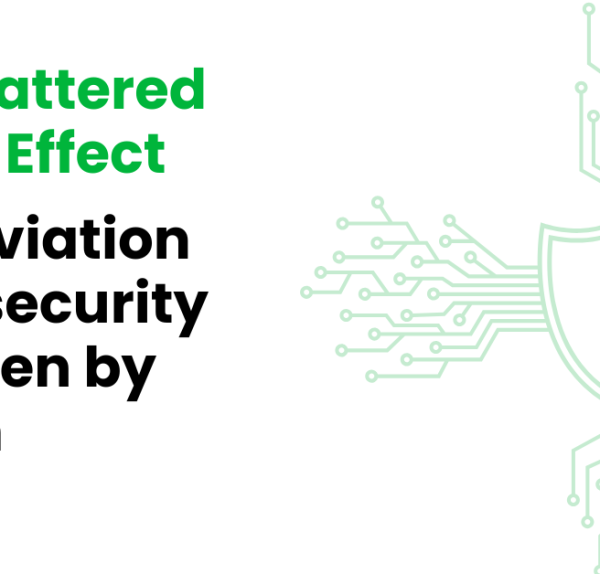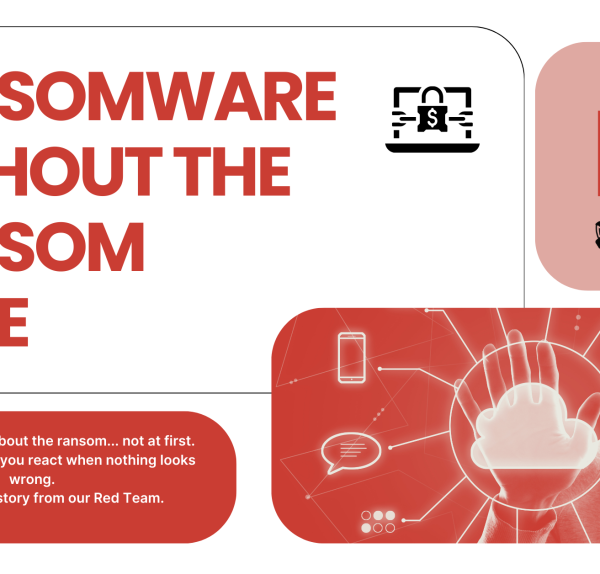Implementing the Monetary Authority of Singapore’s (MAS) Technology Risk Management (TRM) guidelines is crucial for financial institutions seeking regulatory compliance and cybersecurity resilience. Despite the guidelines’ clear objectives, many organizations face common challenges when starting MAS TRM compliance that hinder the framework effectiveness. This article identifies the top seven MAS TRM common challenges and provides actionable steps to overcome them.
MAS TRM common challenges n°1: Understanding the Complexity of the Guidelines
Challenge: The MAS TRM guidelines are comprehensive and encompass multiple areas, such as cybersecurity governance, risk management, business continuity, and third-party risks. Understanding and interpreting them can be overwhelming, especially for organizations without dedicated compliance resources or specialized IT teams.
Solution: Break down the guidelines into manageable parts and prioritize key areas like governance and cybersecurity. Leverage existing frameworks (ISO 27001, NIST) as baselines, and consult external experts or services for specialized guidance if needed. Implement compliance automation tools to streamline the adherence process and perform regular audits to identify gaps.
MAS TRM common challenges n°2: Limited Resources and Expertise
Challenge: Small and medium-sized financial institutions often lack the resources and specialized staff required to implement the comprehensive MAS TRM framework. Finding qualified IT and compliance professionals can be difficult, leading to understaffed teams and inadequate attention to each guideline.
Solution: Prioritize risk areas based on the business model and threat environment. Outsource specialized tasks to third-party service providers with MAS TRM expertise. Cross-train staff across IT, compliance, and risk management for multidisciplinary capabilities, allowing you to use your existing workforce more efficiently. Invest in continuous education programs to strengthen internal knowledge and skills.
MAS TRM common challenges n°3: Managing Third-Party Risks
Challenge: Outsourcing essential services to third-party vendors introduces additional security risks. Financial institutions often struggle to assess their vendors’ cybersecurity posture, which leads to potential vulnerabilities within their systems.
Solution: Conduct thorough due diligence before engaging a vendor, ensuring they adhere to MAS TRM guidelines. Establish clear cybersecurity clauses in contracts, making them accountable for compliance. Use standardized questionnaires and periodic audits to assess third-party performance. Collaborate with partners to develop joint incident response protocols and data-sharing procedures.
MAS TRM common challenges n°4: Inadequate Incident Response and Business Continuity Planning
Challenge: Many organizations lack a well-defined incident response plan, leaving them unprepared to respond effectively to cybersecurity breaches or IT disruptions. Business continuity plans are often underdeveloped, failing to consider all critical business functions.
Solution: Develop an incident response plan with clearly defined roles, detection protocols, containment strategies, and recovery processes. Regularly test this plan using cyber attack simulation exercises and tabletop drills to confirm its effectiveness. Identify and prioritize critical business functions, implement backup solutions, and devise alternative processes to ensure continuity amid disruptions. Regularly review and refine these plans to reflect changing business conditions.
MAS TRM common challenges n°5: Lack of Continuous Monitoring and Review
Challenge: MAS TRM compliance requires continuous monitoring to detect policy violations, emerging threats, and gaps in security controls. Organizations that overlook this requirement often leave vulnerabilities unaddressed.
Solution: Deploy automated monitoring tools to analyze security logs, network traffic, and system activities for unusual patterns. Ensure that alerts are routed to relevant personnel for immediate action. Schedule internal audits to measure compliance, identify gaps, and refine existing controls. Incorporate lessons learned from incident responses and industry developments into policy updates.
MAS TRM common challenges n°6: Data Protection and Privacy Issues
Challenge: With growing regulatory requirements around data protection with the PDPA, organizations must ensure the security of sensitive customer data. Many financial institutions struggle with encryption standards, secure storage practices, and data retention policies.
Solution: Encrypt all sensitive data in transit and at rest using robust encryption standards. Secure data storage by limiting access to authorized personnel and leveraging secure storage solutions like cloud encryption. Implement data retention policies that define how long data will be stored and securely disposed of afterward. Regularly audit your data protection practices and adjust them according to emerging MAS TRM updates.
MAS TRM common challenges n°7: Aligning with Business Objectives
Challenge: Some organizations see MAS TRM compliance as a regulatory burden that detracts from core business objectives. This misalignment can lead to incomplete implementation, non-compliance, and increased security risks.
Solution: Present MAS TRM as a strategic advantage that enhances customer trust and operational resilience. Involve senior management in shaping the TRM strategy, ensuring alignment with business goals. Highlight how compliance directly supports business continuity, reputation management, and customer data protection. Demonstrate that regulatory adherence enables business growth by preventing costly data breaches and maintaining customer loyalty.
Conclusion
Overcoming these MAS TRM common challenges requires a structured approach combining prioritization, training, third-party management, and continuous improvement. Financial institutions can proactively address these challenges to ensure compliance while building a resilient cybersecurity posture that safeguards their operations and protects customer trust.
How XRATOR AutoComply Supports MAS TRM Common Challenges
XRATOR AutoComply simplifies MAS TRM implementation by automating compliance workflows, streamlining evidence collection, and providing continuous monitoring. It cross-references data with MAS TRM requirements and other frameworks like CSA CEM or ISO27001, helping financial institutions overcome common challenges like resource limitations, third-party risks, and incident response. With a centralized dashboard, organizations can efficiently align compliance with business objectives and stay audit-ready.






